Since cats were cool, they’ve had numerous mysteries and urban legends surrounding them that have fueled our curiosities. We’ve debunked the 9 lives theory in a previous post, and some other cat myths that you may or may not have known the answers to. Let’s take a look at 7 more common cat myths, which will help to dispel these rumors and unlock the mysteries behind our feline friends:
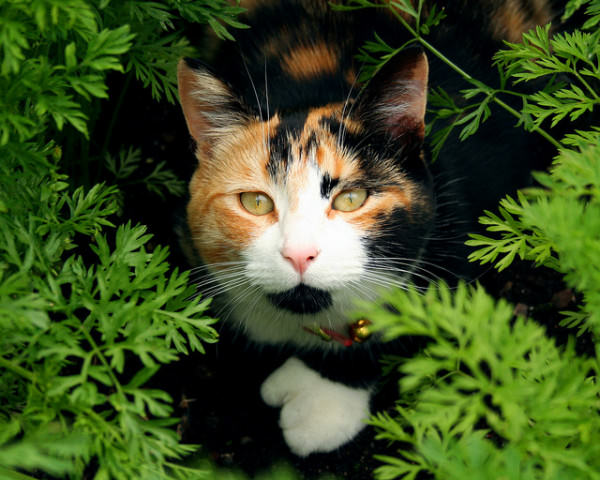 Source: Ashley Bayles via Flickr
Source: Ashley Bayles via Flickr
1. Calico Cats Are (Almost) Always Female
This may be surprising, but there is a science behind it that makes perfect sense for this theory. The simplified version is this: a calico cat is not a breed, but a color pattern that consists of three colors–black, white, and orange are the most common of these. The genetic pattern which is responsible for determining color coat in a cat is sex-linked, with the XX chromosomes for females; XY for males. Since female cats have the ability to show off two colors in their coats due to the XX pattern, this allows for the possibility of calico blocking patterns that you find in calicos. With the rare exception of a mutation that creates a XXY for a male cat, there can in fact be a male calico, too. Coincidentally though it has been proven that male calicos are typically sterile.
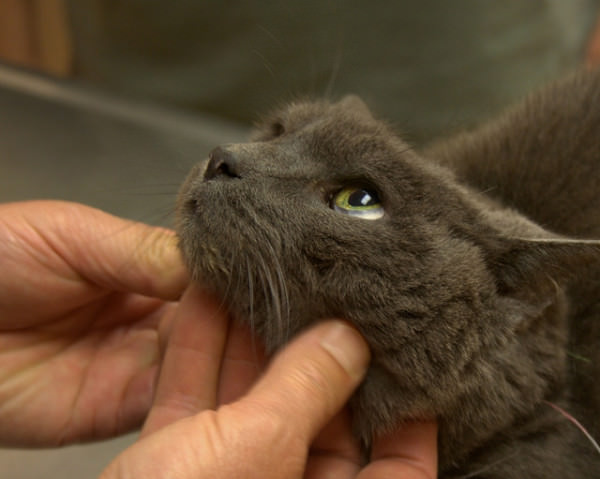 Source: Art Siegel via Flickr
Source: Art Siegel via Flickr
2. Cats Don’t Need Veterinary Care
While cats are generally healthy for the most part, a yearly vet exam is recommended to ensure the longevity of their health. This falsehood is believed by many, and in return many cats are not checked annually as they should be. Cats require regular vaccines (rabies, etc.) and general vet checks to be sure that the cat is in good health. Although cats seem super healthy, they don’t have a voice to tell you what’s wrong and could suffer as a consequence from vet neglect.
 Source: Bridget Coila via Flickr
Source: Bridget Coila via Flickr
3. A Cat Can Steal A Baby’s Breath
Cats are natural healers and loving to people in their home that they care about. And by nature cats are not evil, which many loving cat owners can agree. Allowing your cat to sleep in the baby’s nursery or sleeping area is not recommended because cats like to cuddle, often near the face due to warmth, so this is likely why this ill-thought theory came about. Many people are smart enough to know this is by no means true, but it’s important to remember to practice precaution so a very costly accidental mistake doesn’t take place.
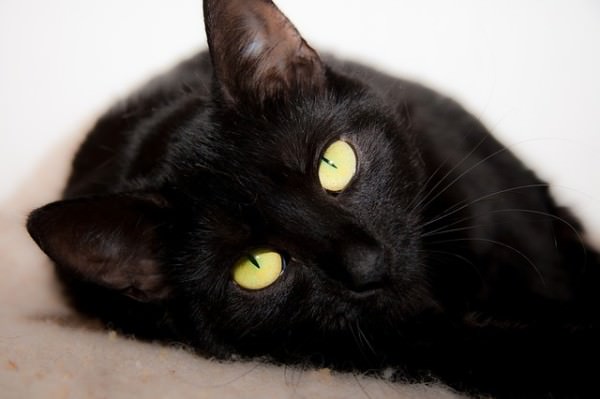
4. Black Cats Are Bad Luck
Poor black cats don’t deserve this one at all. These beautiful ebony kitties caught a bad wrap from superstitious folk dating all the way back to the 1500s. During this time, many people become wary of black cats due to their association with witchcraft. According to urban legend it was believed that women who were thought to be witches assumed the form of a black cat at night to be safe from the town’s people. Sadly, this theory carried on throughout the centuries and in turn black cats were always thought of in a negative light in the United States. On the contrary in other cultures around the world, the presence of a black cat is thought to signal good luck, fortune, or prosperity.
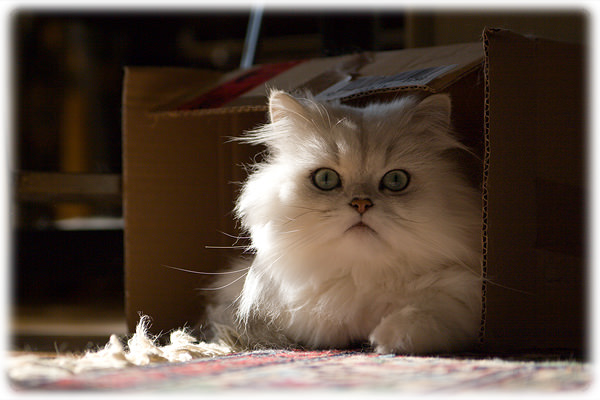 Source: viZZZual.com via Flickr
Source: viZZZual.com via Flickr
5. Cats Prefer Being Alone
While some cats are naturally more solitary than others, there are several breeds that require ample amounts of daily interaction with their human(s) in the home. For example, neither a Siamese or a Bengal would do well in an environment where they would be frequently left unattended for extended periods of time. The Siamese would actually become depressed, while the Bengal would likely react by terrorizing the home out of sheer boredom. There are other independent cat breeds that do okay with little interaction, but it’s very important to know which is which to before bringing a cat into your life that has certain needs.

6. Cats Don’t Like Dogs
There is a fine line with this one. While some cats aren’t crazy about dogs, if properly introduced and in a way that is nonthreatening, the two can certainly coexist in peace. Cats like their space and don’t want a dog, or anything for that matter, up in their face non-stop. With this in mind, a cat-friendly dog that is respectful of a cat’s space is not a problem on a regular basis. You may even find that cats and dogs can actually be the best of friends in the right environment.
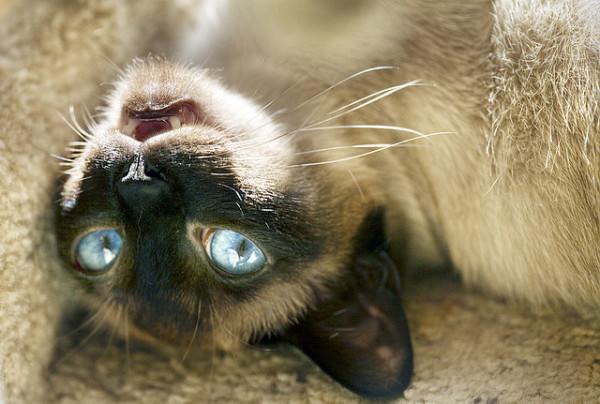 Source: Barb Henry via Flickr
Source: Barb Henry via Flickr
7. Every Cat Likes Catnip
Oddly enough, this little green herb is so powerful it’s been known to get ahold of even big cats, too! Even lions, tigers, and cougars have all responded to nepetalactone, which is the active ingredient found in catnip. All cats do respond differently to this herbal member of the mint family, with some cats going crazy for the stuff while others seem disinterested after a few moments. Fun fact: a kitten must be at least 3 months of age before the can feel the effects of catnip. But seeing as kittens are naturally a little cuckoo they really don’t have a need for the stuff. It’s important to remember that while cats are drawn to catnip, like anything practicing moderation in their exposure to is recommended.

